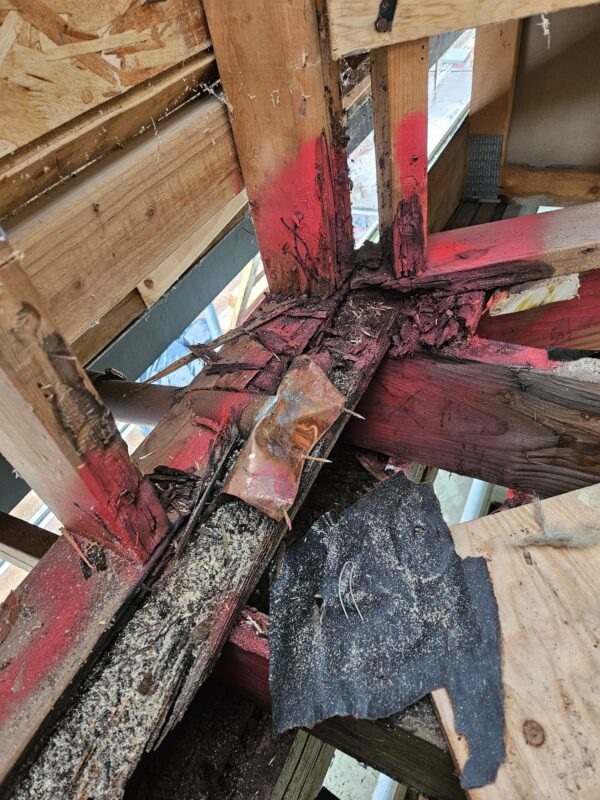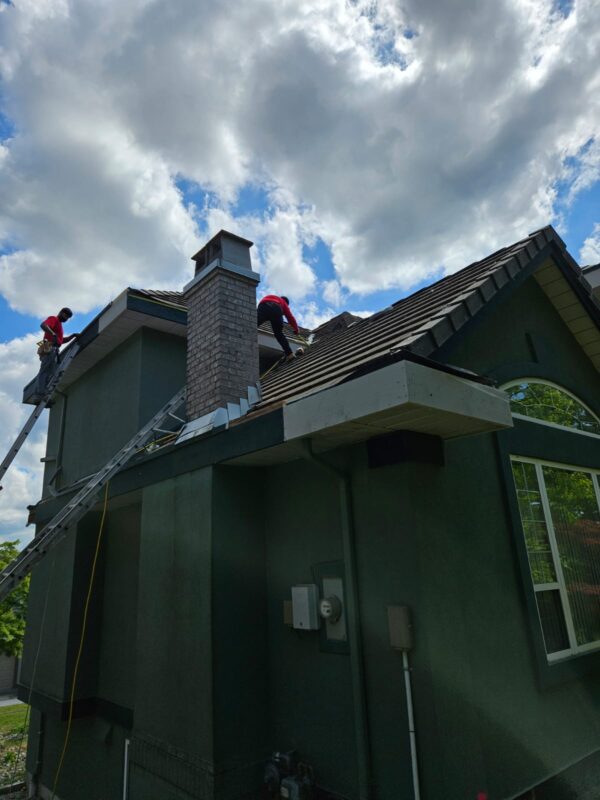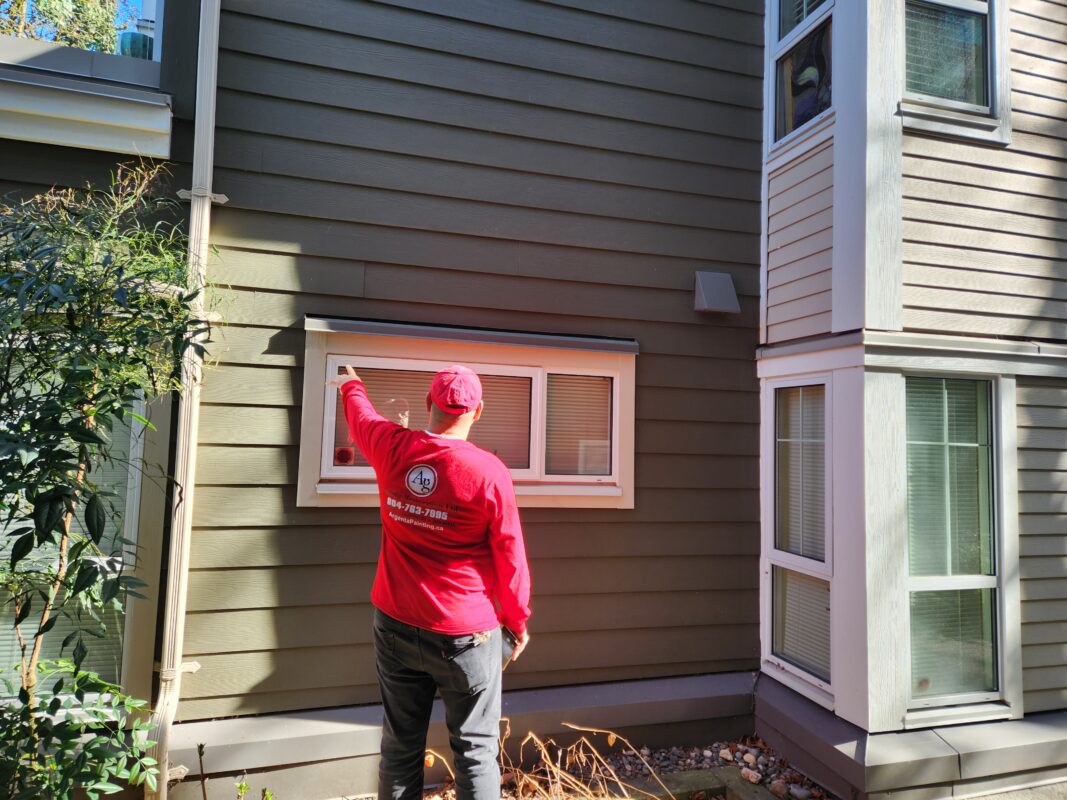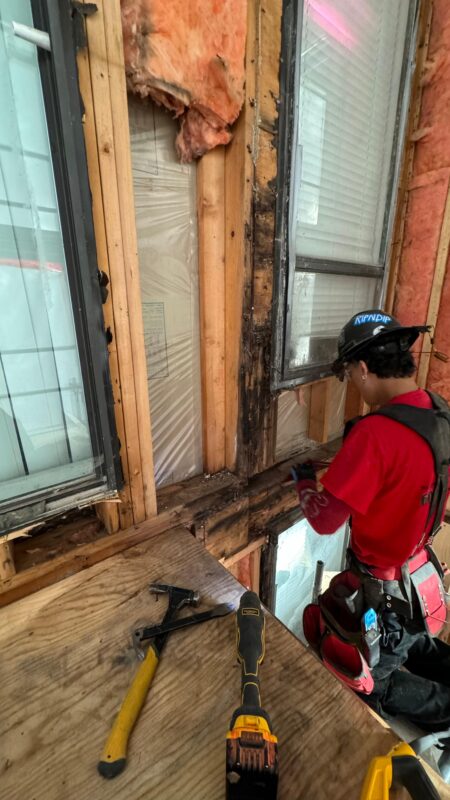Smart Ways to Prevent Wood Rot Through Design: Protect Your Home from the Start
Wood rot is a common yet serious issue that can compromise the integrity and appearance of your home. Caused by prolonged exposure to moisture, it often starts unnoticed—until the damage becomes costly to fix. While regular maintenance is key, one of the most effective ways to prevent rot lies in how your home is built. From roof slopes to drainage systems, smart architectural choices can significantly prevent wood rot through design. In this guide, we’ll explore how intentional design can shield your exterior woodwork from moisture and help you protect your investment from the ground up.
What Is Wood Rot and Why Does It Happen?
Wood rot is a type of fungal decay that occurs when wood is consistently exposed to moisture. The fungi that cause wood rot thrive in damp, poorly ventilated areas, gradually breaking down the wood’s structure.
Several conditions promote rot, including:
-
Persistent moisture from rain, snow, or plumbing leaks
-
Poor airflow that traps humidity around wood surfaces
-
Inadequate sealing, painting, or finishing that leaves wood unprotected

Understanding the causes is the first step to prevent wood rot through design, ensuring your home remains durable and safe.
Poor Building Design Elements That Promote Rot
Certain architectural choices can unintentionally create conditions that accelerate wood decay. To prevent wood rot through design, it’s essential to avoid these common problem areas:

-
Flat or low-pitched roofs: These surfaces collect water and slow down drainage, increasing the risk of leaks and rot.
-
Insufficient roof overhangs: Without adequate coverage, siding, trim, and structural elements are left vulnerable to constant rain exposure.
-
Bad drainage grading: If the land slopes toward the home, water can pool around the foundation and seep into wooden components.
-
Poor flashing and caulking: Gaps around windows, doors, and roof joints allow moisture to infiltrate hidden areas.
-
Inadequate ventilation: Moisture that accumulates in attics, basements, or crawl spaces without airflow can lead to long-term rot.
Improving these elements is key to designing homes that stand the test of time—and moisture.
Design Features That Help Prevent Wood Rot
Thoughtful design choices can go a long way in keeping your home protected from moisture damage. To effectively prevent wood rot through design, consider incorporating the following features:
-
Proper roof slope and overhangs: These help divert rainwater away from the structure, protecting walls, trim, and entry points.
-
Smart window and door placement: Avoiding placement in areas with heavy water exposure reduces the risk of trapped moisture.
-
Rot-resistant materials: Use treated lumber, fiber cement, or composite trim boards in areas most exposed to the elements.
-
Gutters and downspouts: An efficient drainage system moves water safely away from siding and the foundation.
-
Ventilation systems: Adequate airflow in attics, basements, and crawl spaces helps reduce moisture buildup and the risk of rot.

When designing or renovating a home, these proactive features not only add value but also provide long-term protection.
Retrofits and Upgrades That Can Help
If your home wasn’t originally designed to prevent wood rot through design, retrofitting certain elements can significantly improve protection:

-
Adding or extending overhangs: Extended rooflines help shield siding and windows from direct rain exposure.
-
Improving exterior caulking and flashing: Properly sealing around windows, doors, and roof joints stops moisture from seeping in—one of the simplest ways to prevent wood rot through design enhancements.
-
Upgrading siding or trim to rot-resistant materials: Replacing vulnerable wood with fiber cement or treated lumber can add durability.
-
Enhancing drainage and landscape grading: Regrading the soil or adding French drains keeps water from pooling near the foundation.
-
Installing ridge or soffit vents: These improve attic ventilation, reducing trapped moisture and preventing fungal growth.
As emphasized by the U.S. Department of Energy, “Effective attic ventilation helps reduce moisture buildup that can lead to mold and wood rot in roof sheathing.”
By investing in these retrofits, homeowners can actively prevent wood rot through design choices that prioritize water management and airflow.
Signs That Design Flaws Are Causing Wood Rot
Certain patterns of wood damage may indicate that the issue isn’t just wear and tear—it’s your home’s design. Spotting these signs early can help you take steps to prevent wood rot through design improvements:
-
Localized rot near windows, doors, or rooflines often signals poor flashing, short overhangs, or improper slopes that allow water to settle.
-
Persistent dampness or mold smells could point to poor ventilation or hidden water intrusion—key design-related issues that create the perfect environment for rot.
-
Peeling paint or soft wood near the foundation suggests that your drainage grading may be insufficient, allowing water to pool and seep into exposed wood.
-
Recurring rot despite repairs is a strong indicator that you need to go beyond patching and take steps to prevent wood rot through design corrections.

Your home’s design plays a bigger role than you might think when it comes to protecting it from moisture damage. Roof angles, ventilation, and drainage systems all impact how well you prevent wood rot through design choices.
By staying proactive with regular inspections and making smart upgrades where needed, you can safeguard your exterior woodwork and avoid costly repairs down the line.

Call a Professional
If you’re concerned that your home’s layout may be contributing to moisture problems, contact Argenta Restoration Ltd. Our team can assess your property and recommend practical improvements to prevent wood rot through design and keep your home strong for years to come.

